Our fundraising is chugging along and we have just about reached 30% of the goal, thanks to the families that have mailed a check or donated online.
If you are a parent whose child is learning music, it is clear that you not only appreciate the art, but also believe in what it can do for your child. The benefits of learning music is not a matter of debate anymore. Study after study has demonstrated the indelible and lasting effect that music leaves on the student. And off all musical forms, Carnatic music is among the most difficult to learn because of its nearly open-ended creativity - the manodharma quality.
While learning a structured art form is hard enough, one that offers unlimited creativity is an order of magnitude more challenging. Even if one listens to top quality music all the time, a life time does not suffice to appreciate, comprehend, assimilate, imbibe and implement the nuances of the art. Students of music, especially, must make it a point to listen to as many live concerts as possible, since it is one of the best avenues to learn what it takes to be on stage and what it takes to be a good artist - the stage dynamics, body language of the artists - including mutual eye contact on stage and their gestures - the spontaneous exchange of creative musical ideas, the mutual admiration of the artists for each other on stage, the rapport between the artists and the audience, the ambience and so on!
Hamsadhwani is proud to make such live concerts available and accessible. What is more, our first concert of the year is coming up next weekend. With Thamayee Krishnamurthy as the vocalist, Kamalakiran Vinjamuri on the violin, and Vignesh Venkataraman on the mrudangam, the concert promises to be a musical treat to the senses. Please join us, along with your children, between 3 pm and 6 pm on February 7, 2016 at the Simi Valley Senior Center.
The fundraising needle is moving slowly but surely. If you haven't already, please take a few minutes to do your part to support the community and musicians. Your donations will be matched dollar-for-dollar by local employers such as Amgen, Bank of America, Union Bank, PNC Bank, etc.
Thank You
HCMA Board of Directors
Visit our website
Follow our blog
Like us on Facebook
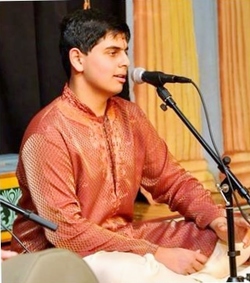
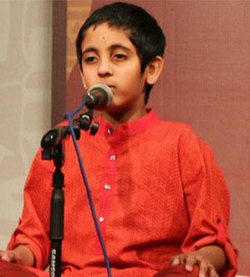
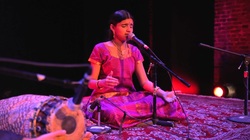
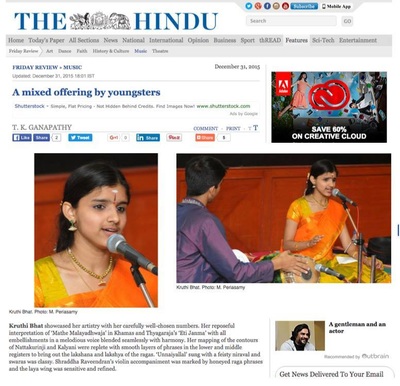
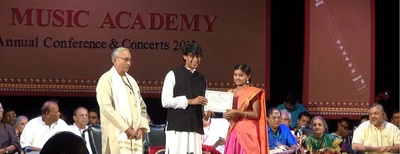
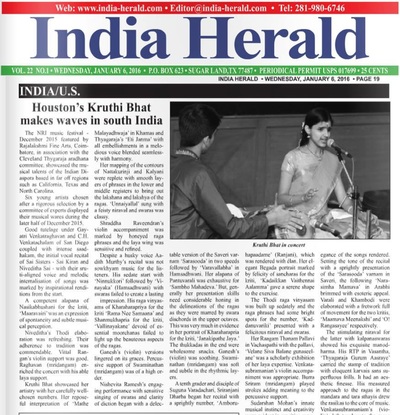
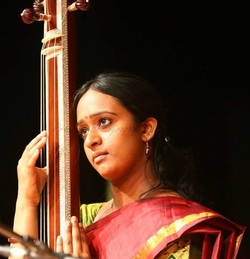
 RSS Feed
RSS Feed